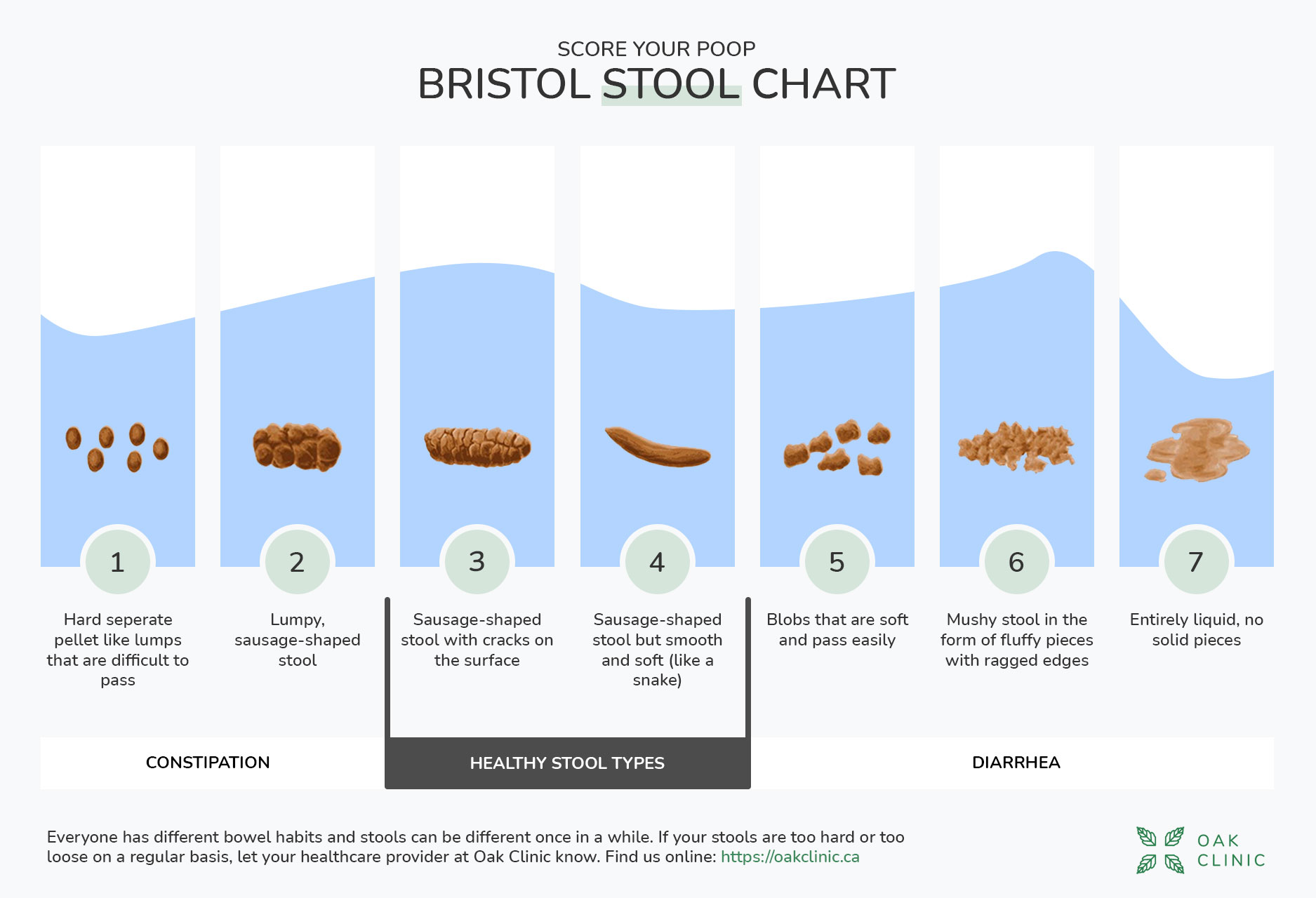No Shoot, Sherlock!
Looking for clues

Looking into the toilet bowl after we go is a great way to gather clues about the health of our digestion, from identifying potentially dangerous conditions to seeing how to tweak our fiber, water, and fat intake.
My friend's mother is an excellent example of why looking into the bowl is essential. Last year, she was hospitalized for blood loss anemia from a bleeding ulcer. While her stomach had been bothering her, she had no idea she was bleeding internally. Had she been looking into the commode after moving her bowels, she would have seen a very dark (black) and tarry stool. She admitted it looked strange in the hospital once she knew what to look for, and now she looks every day. Her bleeding ulcer might have been caught before the need for hospitalization had she been doing some ongoing self-assessment.

Even when there is no emergent medical condition, looking at your stool after you go offers essential information. Eating enough fiber, drinking enough water, and getting adequate physical activity throughout the day are crucial for effective elimination, and examining your stool can help you determine if you're meeting these necessities.
The Bristol scale, named for the Bristol Royal Infirmary in the late 1990s, is a good place to start. It is used to help patients communicate with clinicians and assess treatment progress for various conditions. It's important not to obsess about where your stool falls on the scale, but knowing what a healthy stool should be like is also very useful. WebMD has a great article about the Bristol Scale and what to watch for in the toilet bowl.

Thanks for checking out Choose to Bloom, and I hope you're feeling great this week.
My website is here.
(This blog is not intended to diagnose or treat disease. I am not a physician. Please consult your physician for any medical advice. Thanks.)



